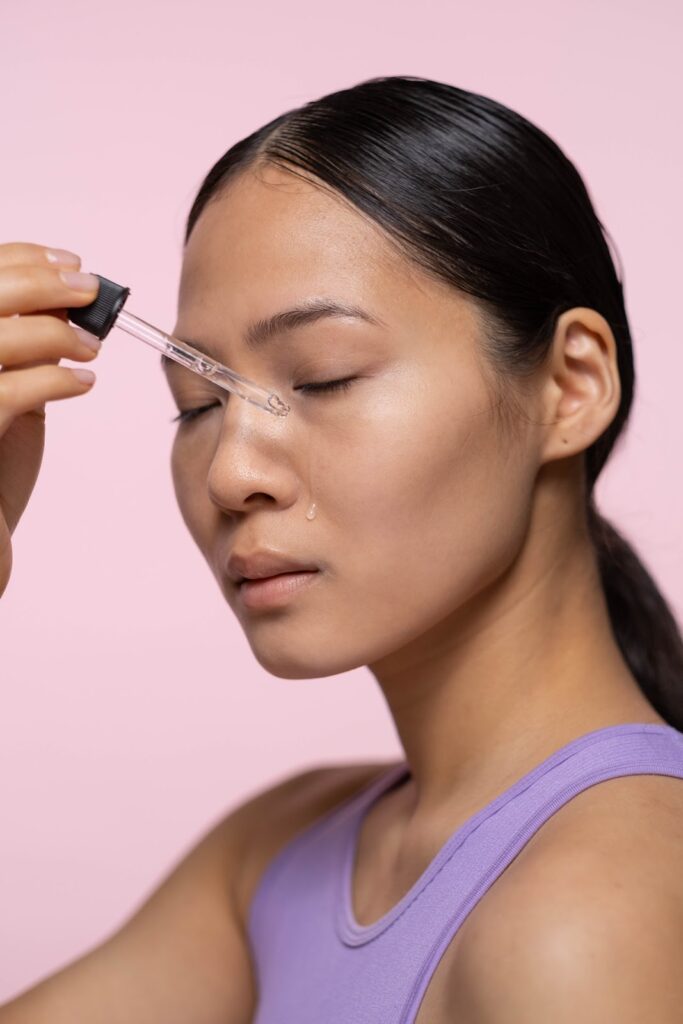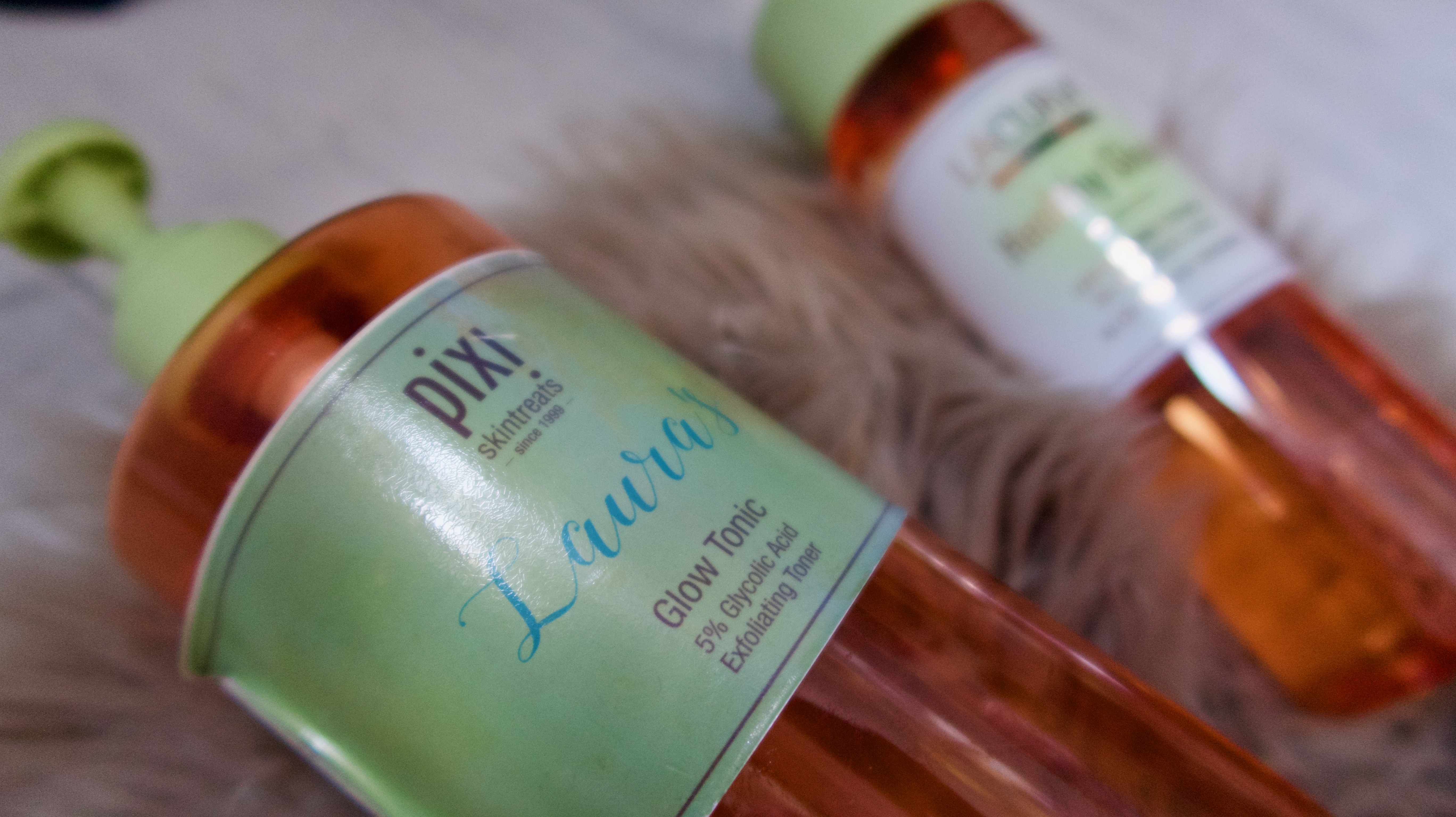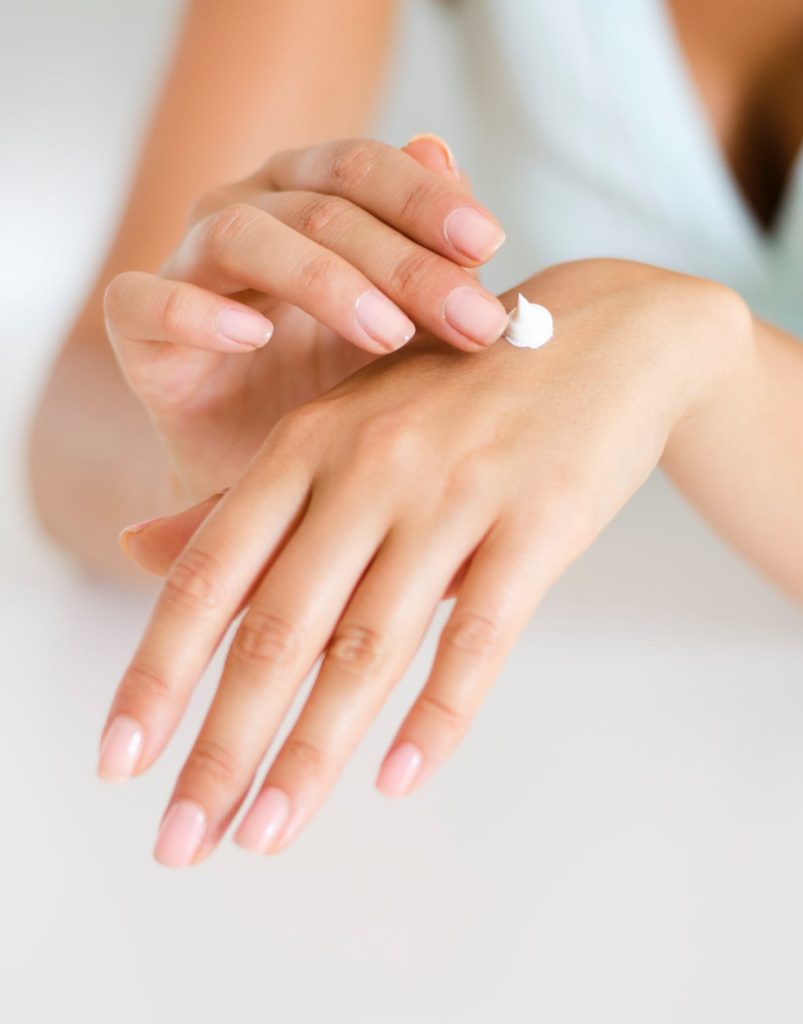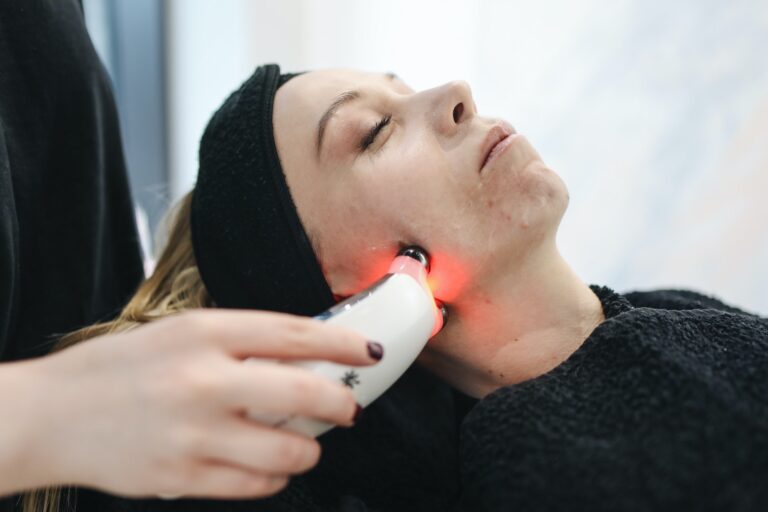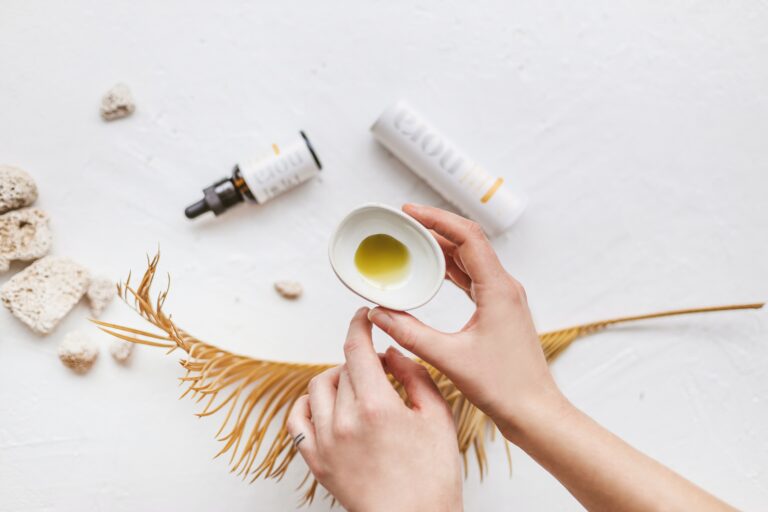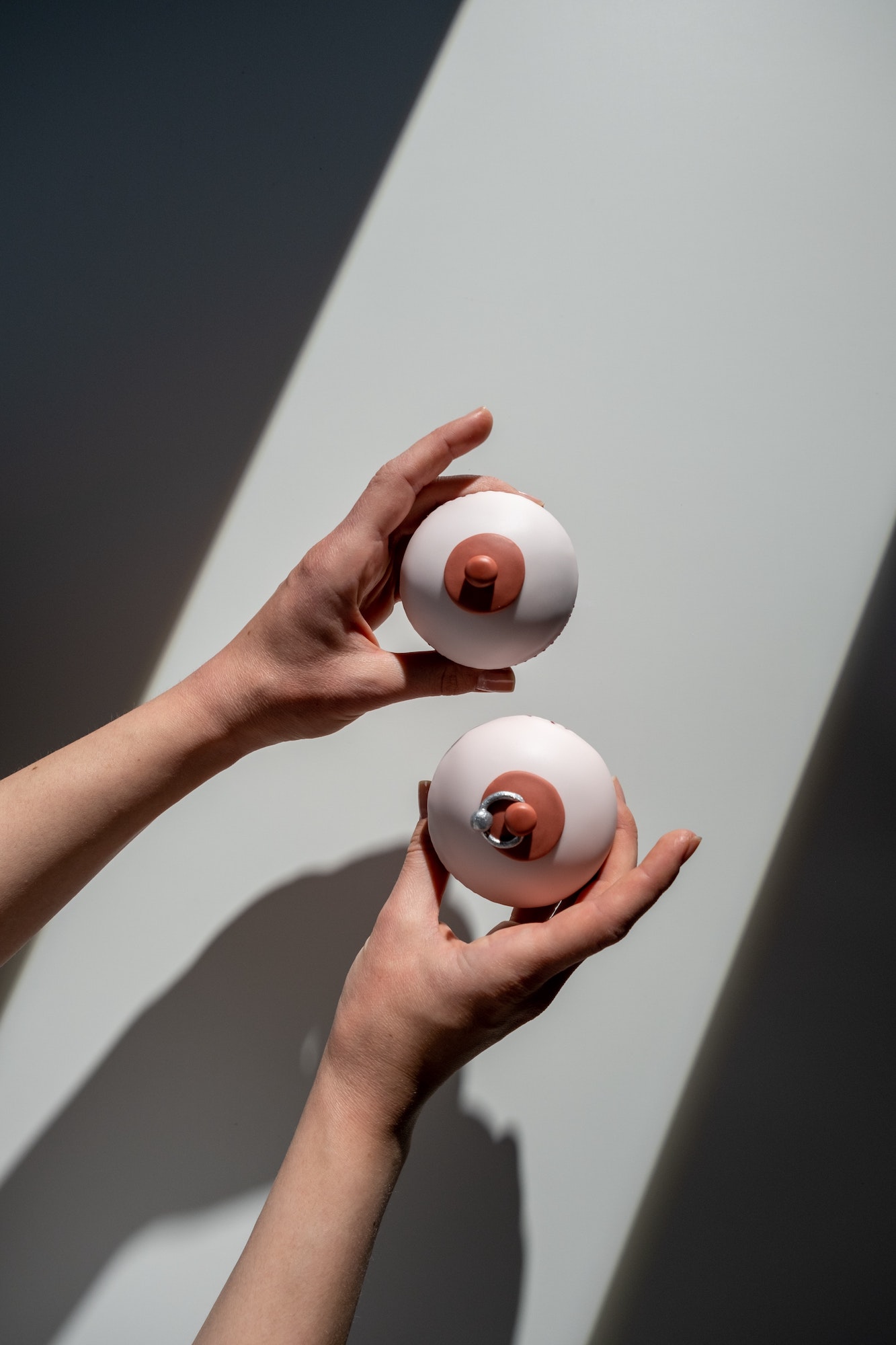Is Azelaic Acid Safe for Use on Your Skin?
Azelaic acid is one of many skincare ingredients used to even out complexion, but most people have never heard of it. Like retinoids, azelaic acid can sometimes cause skin irritation and dryness when used incorrectly, which causes many skincare newbies to avoid the product.
Is Azelaic Acid Safe for Use on Your Skin?
What is Azelaic Acid, and What Does it Do?
Azelaic acid is an underutilized topical, but the people who use it swear by it. Found in serums, foams, gels, and creams, azelaic acid can treat mild to moderate acne, dark spots, rosacea, and other hyperpigmentation skin disorders. That’s because this acid reduces melanin production.
Although most skincare products use a lab-created version of azelaic acid to make it more stable, this ingredient is still derived from yeasts and plants. As both an acne-fighting and declogging ingredient, azelaic acid can improve your complexion if used as a spot treatment.
Is Azelaic Acid Safe for Regular Use?
Yes, azelaic acid can be used daily as long as you follow the instructions on your product’s package. Your skin may take up to 8-weeks to get used to the product, but it’s well worth the wait. When used correctly, you’ll see a noticeable difference in your skin within 2-4 months.
Is Azelaic Acid Safe for Pregnant Mothers?
Yes, azelaic acid is one of few skincare ingredients both breastfeeding and pregnant mothers can use. However, it’s still a good idea to speak to your OBGYN first before adding it to your skincare treatment. If you develop an allergic reaction, you could hurt your child.
The Best Tips for Using Azelaic Acid
Learning how to use azelaic acid will allow you to make the most out of your products. Although using azelaic acid is safe, you can do the following to reduce skin inflammation and dryness.
Give Your Skin Time to Adapt
Azelaic acid comes in different concentrations, ranging from 1.5% to 20%. OTC formulas are often lower than 10%, while prescribed formulas start at 15%. It’s better for your skin (and wallet) to start at a lower OTC formula. Work your way up to a higher strength blend slowly.
Avoid Harsh Ingredients/Foods
Since azelaic acid can make your skin more sensitive initially, you should use products that contain other irritants, like alcohol, astringents, peeling agents, or abrasives. At the same time, you should limit your intake of spicy foods, hot drinks, and alcohol to reduce skin flushing.
Apply Azelaic Acid at Night
Although azelaic acid doesn’t reduce your protection from the sun, it’s still in your best interest to apply it at night. Since azelaic acid is best used as a spot treatment, it should be applied at the end of your skincare routine. Wait 15 minutes before you lie down to avoid smudging.
Don’t Apply it Across Your Face
Only apply azelaic acid directly on your acne, acne scars, hair bumps, rosacea, or dark spots. If you massage the product into your entire face, you could lighten your problem areas and the skin around it, defeating the purpose. If your skin is even, switch to a lower-strength toner.
Keep Foam Acid Away from Heat
In a foam, azelaic acid is incredibly sensitive to heat and may explode or catch fire if near an open flame. While it’s unlikely you’ll be around a campfire or a gas stove when applying your products, it’s still good practice to only use azelaic acid in a well-ventilated bathroom.
Patch Test Your Product First
People with sensitive or dry skin should patch test all azelaic acid products before using them regularly. We recommend using your arm, jawline, or the area behind your ears, so you can easily hide it if you have a flare-up. If after 48 hours there’s no redness, try using it on your face.


